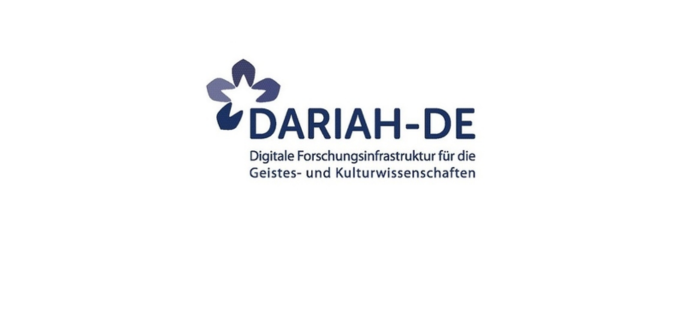
DARIAH-DE (gefördert 2011-2019) unterstützt die mit digitalen Ressourcen und Methoden arbeitenden Geistes- und Kulturwissenschaftler/innen in Forschung und Lehre. Dazu baut
Short description of the project
The Website https://handkeonline.onb.ac.at/ provides quick and easy access to the work materials of Austrian Nobel Prize in Literature laureate Peter Handke. Functioning as an annotated digital archive, it catalogues collections from public and private archives, relates them to each other, describes their content, and illustrates them with numerous images. The site is freely accessible and offers interested readers a specific introduction to the author's work and insights into his working methods. For material-focused research in literary and cultural studies, the site offers many starting points. Selected versions of Handke's works and several of his notebooks are being published as complete facsimiles for the first time. An integrated open-access journal makes international research contributions on Peter Handke's work freely available.
Project content
The project https://handkeonline.onb.ac.at/ documents the genetic materials related to Peter Handke's books, up to the 2013 novella Versuch über den Pilznarren , according to the "Regeln zur Erschließung von Nachlässen und Autographen" (RNA). The scattered individual materials (early notes, manuscript and typescript drafts, sources such as annotated books, maps, and photos) are compiled into work-genetic collections and presented in an illustrative manner. The content description of the collections includes an account of the respective context of creation and a detailed work-genetic commentary on the materials.
Recipients
The website aims to reach not only researchers and experts but also a non-scientific interested reading audience. The high and consistently increasing access numbers since the site's launch (in an initial test version from January 2013) and surveys on usage behavior demonstrate that the clear structure and easy usability are intuitively accessible. The abundant information on the site is frequently requested and utilized in various ways.
Contents
Six modules offer different content: As a virtual exhibition, "Ways through the Material" provides initial insights into Handke's themes and his writing style. The module "Notebooks from 1972 to 1990" lists the author´s 76 notebooks which are currently accessible in a library-like manner and selectively explores the contents of the more than 10,000 individual pages. Locations, references to works, and reading notes are documented. The core module "Works & Materials" offers a detailed description of the genetic collections related to the author's more than 80 published works available to date. Notes, drafts, and sources from various archives and collections are brought together and organized into a genetic order. Selected facsimiles of individual pages provide a vivid representation of the materials. Extensive research has been conducted in unexplored archival holdings and private collections, and the materials found during these endeavors have also been fully integrated into the site. With Peter Handke's consent, the fourth module publishes a selection of "complete facsimiles." The open-access "Research journal" currently contains more than 50 scholarly essays on the author's work, one-fifth of which are original contributions. The sixth module provides a comprehensive bibliography on Peter Handke with more than 2,600 entries.
The content of the site, structured in more than 1,200 records, is interconnected and accessible through a simple search function.n strukturiert abgelegten Inhalte der Seite sind untereinander vernetzt und auch über eine einfache Suchfunktion erschließbar.
International scientific board: Dr. Ulrich von Bülow (Marbach), Dr. Almuth Grésillon (Paris), Univ. Prof. Dr. Karl Wagner (Zürich), Univ. Prof. Dr. Sandro Zanetti (Zürich).
Univ. Prof. Dr. Klaus Kastberger
E-Mail: klaus.kastberger@uni-graz.at
Mag. Katharina Pektor
E-Mail: katharina@pektor.at
Dr. Arnhilt-Inguglia-Höfle
E-Mail: arnhilt.hoefle@onb.ac.at
Find out more at
handkeonline.onb.ac.at/
Add your DH research project to the project showcase by submitting a short project description via the web form. Enter project data, a brief description, a graphic or visualization as well as a detailed description of the project content with technical assignment, addressees, added value, project managers, funding information and duration.

DARIAH-DE (gefördert 2011-2019) unterstützt die mit digitalen Ressourcen und Methoden arbeitenden Geistes- und Kulturwissenschaftler/innen in Forschung und Lehre. Dazu baut
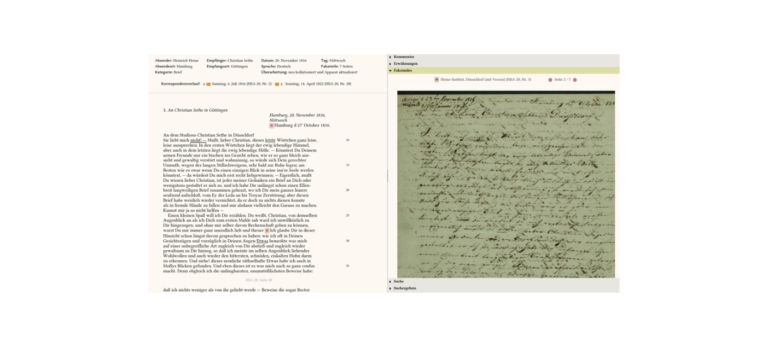
Das Heinrich-Heine-Portal schöpft aus den Arbeitsergebnissen mehrerer Forschergenerationen, indem es die beiden historisch-kritischen Heine-Gesamtausgaben, die unabhängig voneinander in der Bundesrepublik
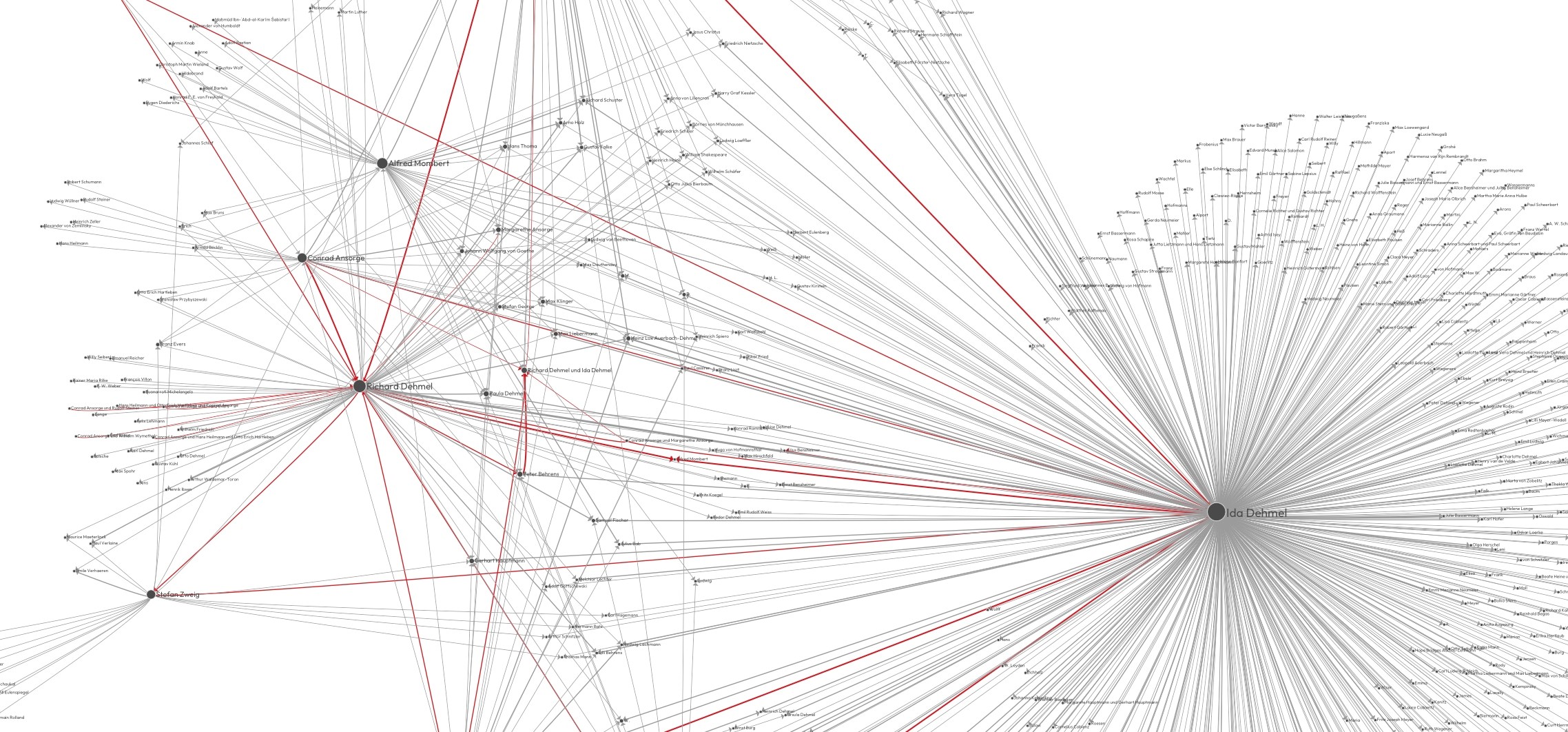
In Kooperation zwischen der Universität Hamburg und der Staats- und Universitätsbibliothek Hamburg werden die ca. 35.000 handschriftlichen Originalbriefe des Dehmel-Archivs

ELAN wird am Max-Planck-Institut für Psycholinguistik im Sprach-Archiv (TLA – The Language Archive) entwickelt. Es wird in der Programmiersprache Java
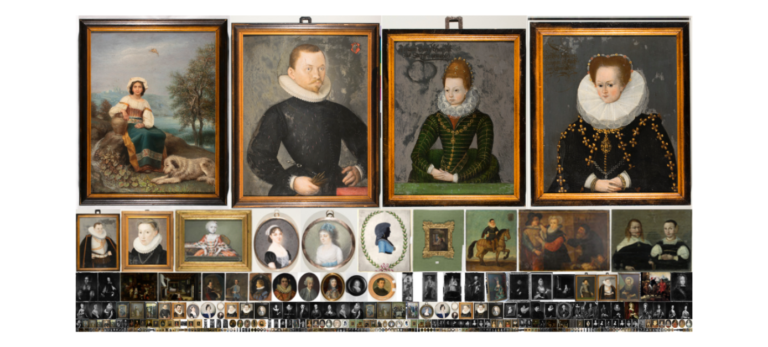
Das vom Bundesministerium für Bildung und Forschung (BMBF) geförderte und am UCLAB der FH Potsdam angesiedelte Projekt Restaging Fashion (11.2020
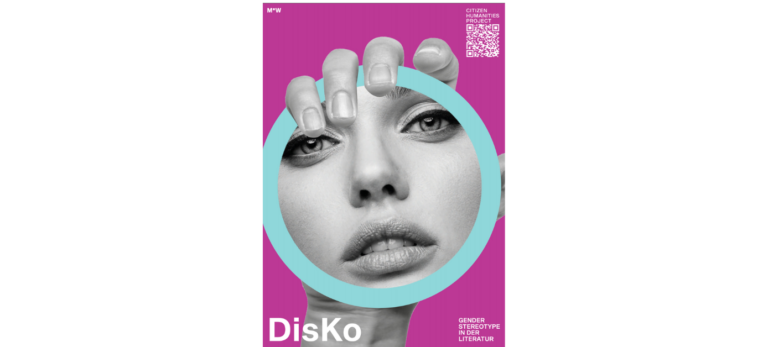
DisKo steht für Diversitäts-Korpus und ist ein literaturwissenschaftliches Projekt mit Digital-Humanities-Komponente. Mit Methoden des maschinellen Lernens wollen wir einen Algorithmus
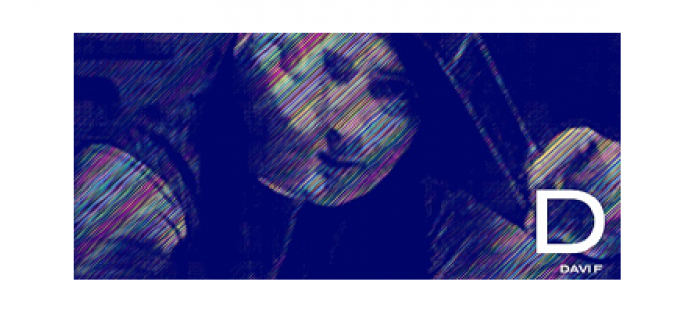
is in die 1990er Jahre war es in der Filmwissenschaft ein Gemeinplatz, dass Frauen in den Anfangsjahren der Filmproduktion nur
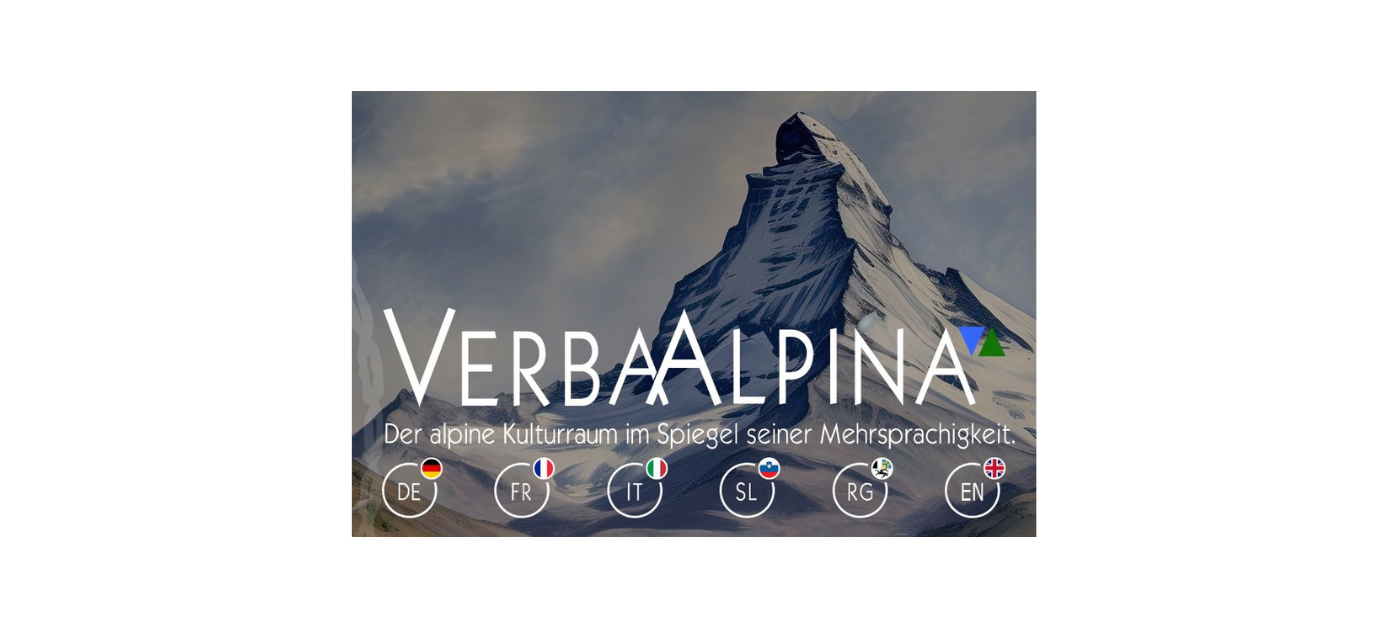
VerbaAlpina widmete sich der Dokumentation der dialektalen lexikalischen Variation im Alpenraum innerhalb regionstypischer Konzeptdomänen.
Wir verwenden Cookies und ähnliche Funktionen zur Verarbeitung von Daten. Die Zustimmung ist freiwillig und kann jederzeit widerrufen werden.